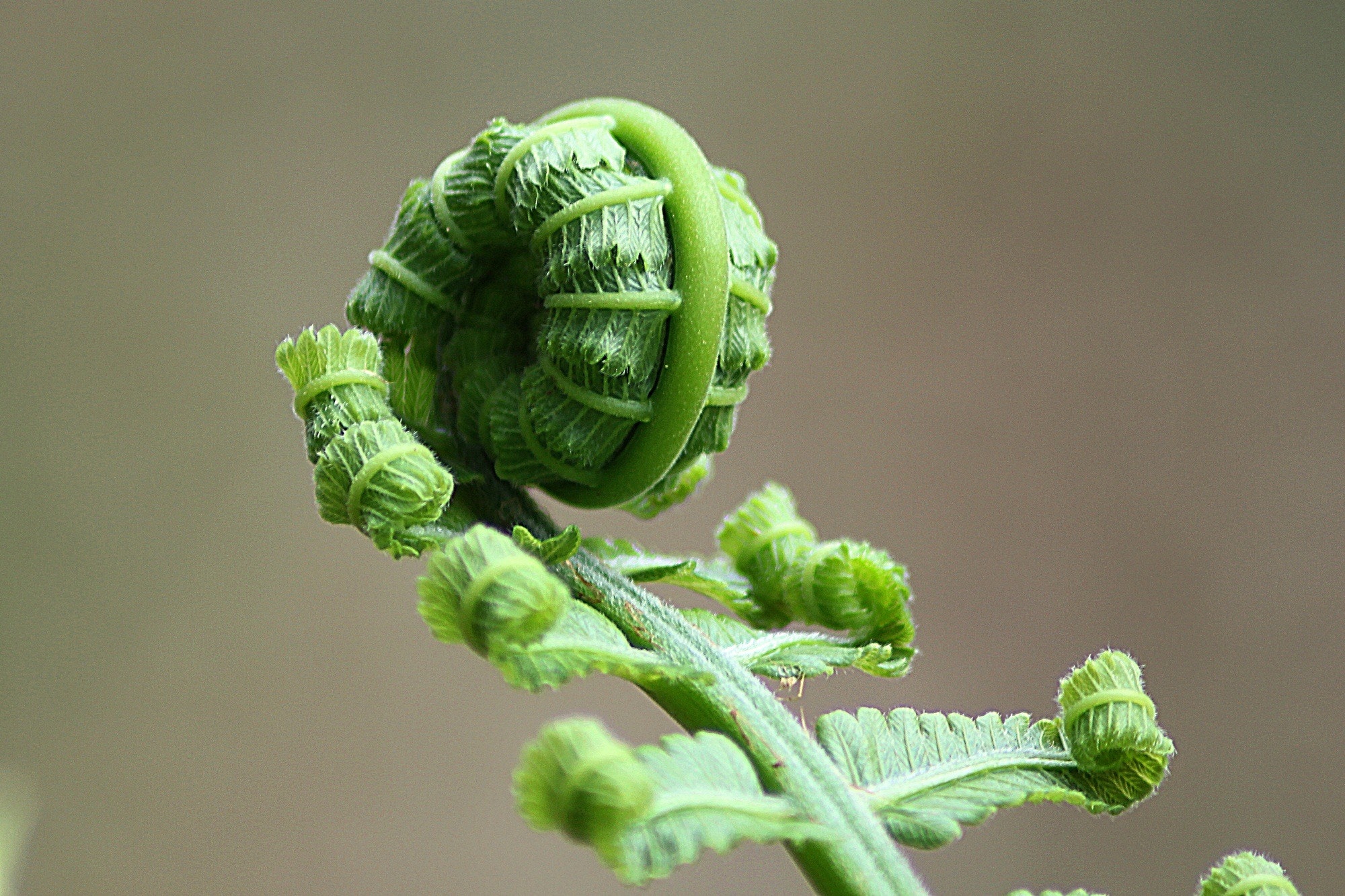While forest bathing may initially conjure up images of a whimsical wash up amongst ferns and fairies, the term actually refers to an ancient ecotherapy first documented in Persia 2,500 years ago by Cyrus the Great.
More recently, forest bathing (森林浴 shinrin yoku) was popularized in Japan. Although 70 percent of Japan is covered in forest, 90 percent of its citizens live in cities. As a nation known for its high-pressure and increasingly-digital work environments, Japanese people are prone to anxiety, stress and depression.
In 1982, the Japanese Ministry of Agriculture, Forestry and Fisheries came up with an innovative solution: instituting a national forest bathing program aimed at improving mental health among the populace. Since then, a number of regional reserves have been designated specifically for forest bathing.
What is forest bathing?
Rather than immersing oneself in water, forest bathing immerses the senses in nature, allowing one to soak up everything the forest has to offer. Done slowly and mindfully, forest bathing can be incredibly therapeutic and restorative. Besides reducing stress and anxiety, it can also enhance immunity, improve focus, and promote better digestion. How does it work?
The modern lifestyle, spent mostly indoors and frequently on one device or another, can be both physically and emotionally draining. Even when we spend time in nature, it is often aimed at physical exercise, and rarely done at a pace where one could take notice of anything in earnest.
Success
You are now signed up for our newsletter
Success
Check your email to complete sign up
Forest bathing is the intentional relaxation of mind and body — unfettered by technology, time, or step counts — under the quieting canopy of trees, allowing nature to recharge and revitalize our very being.
Engaging the senses
Forest bathing activates healing energies by stimulating our various senses. Both the absence of tension-causing noise pollution, and the presence of soothing, natural sounds — like running water, wildlife, and rustling leaves — help the brain relax. The more we relax, the easier it becomes to tune in to all that is around us, without feeling overwhelmed by it.
Visually, the botanical world provides patterns, colors and symmetry — all scientifically demonstrated to reduce stress.
Plants also emit chemical compounds like terpenes and phytoncides, which enable the plants to communicate with one another. The biological information they carry can also benefit humans through inhalation. Filling the lungs with nature’s fragrance is pure and natural aromatherapy, and can improve mood, alleviate anxiety and boost immunity.
Walking barefoot over soft and spongy moss or prickly bed of pine needles; touching the rough bark of an aging tree or the velvety cap of a mushroom; embracing wind, rain or sun with equal gratitude — all these connect you with nature. The more you pay attention, the deeper you will melt into the forest and let go of your daily tensions and worries.

Forest bathing near you
Wandering idly through a remote forest may have idyllic appeal to some, be terrifying to others, and still others will find it entirely inaccessible. Fortunately, there are no hard, fast rules about the location.
Forest bathing researcher and author Dr. Qing Li asserts, “You don’t need a forest; any small green space will do. Leave your cup of coffee and your phone behind and just walk slowly. You don’t need to exercise, you just need to open your senses to nature. It will improve your mood, reduce tension and anxiety, and help you focus and concentrate for the rest of the day.”
Some people may be so cut off from nature that they are plagued by phobias of biting bugs, poisonous plants, menacing wildlife, dirt or germs. Forest bathing is especially important for these people, although they may need to start slowly, or even virtually.
If this sounds familiar, prepare yourself adequately for whatever you fear to face on your first, tentative attempts at forest bathing. Gradually, you will learn to feel comfortable in nature and shed your armor. Bringing nature indoors by way of a few houseplants can also help with this transition.

Forest bathing, step by step
- Find a place nearby where you can walk slowly and aimlessly in nature without distraction. It can be a real forest, a city park, or a nature reserve. Choose a place where you feel comfortable, relaxed, and free from responsibility (maybe not your own garden).
- If you begin your forest bathing in pleasant weather, you will find it easier to continue through the seasons. Dress comfortably and appropriately without over-thinking your comfort. Surrendering the need to control everything is a key component in connecting with nature.
- Leave your phone behind. You don’t need any activities or snacks. Your focus is on being present in nature, absorbing it through your senses, and intentionally letting go of stress and anxiety.
- Move slowly and stop frequently. This is not physical exercise like hiking or jogging, and you’re not going to any specific destination. Let your senses guide your meandering way. Pay attention to and savor the various sensations forest bathing brings forth. According to Dr. Li, “Walking slowly will help you to keep your senses open, to notice things and smell the forest air.”
- Open yourself up to nature’s energy. Try removing your shoes, hat, glasses or jacket to get even closer to nature. You may eventually find these barriers to be an unnecessary burden.
- Absorb the forest and connect with nature. Experience awe and the joy of tranquility. Aim for about two hours of forest bathing per week. Repeat.
Great sages throughout the ages have stressed living in harmony with nature, yet we find ourselves shutting it out and embracing technology instead. A recent study sponsored by the Environmental Protection Agency found that Americans on average spend 93 percent of their time indoors. K-12 school students are increasingly reliant on laptops or Chromebooks to complete and submit assignments, many of which are school-issued.
Forest bathing is a simple way for everyone and anyone to reconnect with nature. Just a couple hours each week can bring numerous health benefits to people of all ages and conditions. For those who are uncomfortable outdoors, certified guides are available to get you started. An online database of guides in the U.S is available through the Association of Nature and Forest Therapy Guides and Programs.













